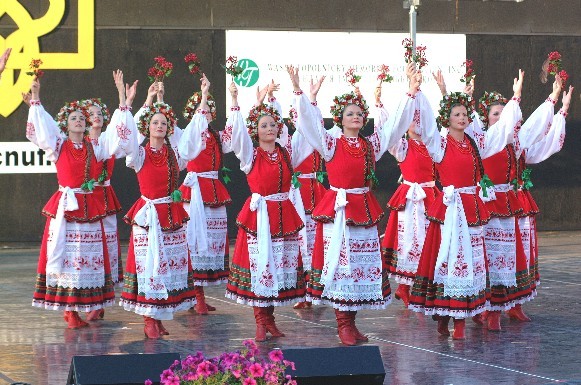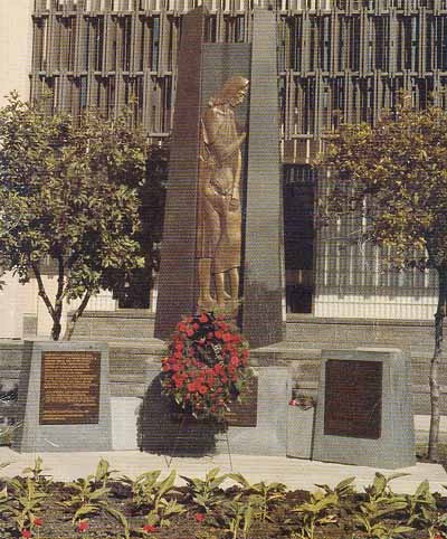Manitoba
Manitoba (Манітоба). A prairie province (2006 pop 1,133,510), situated near the geographical center of Canada, with an area of 649,947 sq km. In 2006, 167,175 people in the province claimed Ukrainian ancestry. Of these, 47,730 had a ‘single,’ Ukrainian-only origin, while 119,440 claimed a ‘multiple’ (Ukrainian and other) origin. They represented approximately 14 percent of the total Ukrainian-Canadian population. A total of 23,340 of them claimed Ukrainian as a mother tongue. The capital of and largest city in Manitoba is Winnipeg, which has by far the province’s largest Ukrainian population (110,335, of whom 30,090 are of single and 80,240 of multiple origin).
Formed in 1870, the province experienced large-scale colonization after 1890 when thousands of agriculturalists settled its virgin lands. Between 1870 and 1901 the population grew from 20,000 to 255,000. The first Ukrainian rural settlements were established in 1896 by immigrants from Galicia and Bukovyna at Stuartburn, south of Winnipeg, and at Lake Dauphin (Terebowla), in the northwest. By 1914 a network of Ukrainian homesteads and rural trade centers or railway towns could be found stretching from the American border in the southeast (Senkiw, Zhoda, Sarto, Vita [formerly Shevchenko], Tolstoi, Caliento, Sirko, Rosa) to the peripheries of Winnipeg (Brooklands, Gonor), in the Interlake region (Komarno, Ethelbert, Zbaraz), and from Sandy Lake to Swan River (Halicz, Ukraina, Zoria) in the northwest. A substantial amount of the land settled by Ukrainians in Manitoba, particularly in the southeast and Interlake area was of substandard quality, and, consequently, economic progress was impeded over time.
Manitoba was easily the most significant Canadian province in terms of Ukrainian community life until after the Second World War. The province had the largest portion of the Ukrainian population in Canada—approximately 42 percent in the 1911 and 1921 censuses, 33 percent in 1931, and 30 percent in 1941—and Winnipeg, with a Ukrainian population several times greater than that of any other urban center in Canada, dominated the community’s press and organizational life.
Winnipeg serves as the spiritual and administrative center of both the Ukrainian Catholic church of Canada and the Ukrainian Orthodox Church of Canada (UOCC). The Ukrainian Catholic bishops or archbishops of Winnipeg have included Nykyta Budka (1912–28), Vasyl Ladyka (1929–56), Maksym Hermaniuk (1956–92), Michael Bzdel (1992–2006), and Lawrence Huculak (2006–). In 2001 there were 29,740 Ukrainian Catholics in Manitoba. The first primate of the UOCC, Ioan Teodorovych (1924–47) resided in Philadelphia rather than Winnipeg, and most of the church’s affairs were handled by its consistory. The subsequent UOCC metropolitans, including Mstyslav Skrypnyk (1947–50), Ivan Ohiienko (Ilarion, 1951–72), Andrei Metiuk (1975–85), Wasyl Fedak (1985–2005), John Stinka (2006–10), and Yurij Kalischuk (2010–), have all resided in Winnipeg. There were 4,640 adherents of Ukrainian Orthodoxy in the province in 2001.
Manitoba’s Ukrainians quickly entered the political arena and by 1910 had been absorbed into the Conservative party machine of Premier Rodmond Roblin at the provincial level (until the party's downfall in 1915). The first reeve elected was Ivan Storosczuk, in Stuartburn (1908); the first alderman was Theodore Stefanyk, in Winnipeg (1911); and the first member of the legislative assembly (MLA) was Taras Ferley, in the Gimli electoral district (Independent, 1915). By 1939 a total of 10 Ukrainian MLAs had been elected, all from outside Winnipeg. In 1950 Nicholas Bachynsky became the speaker of the assembly, in 1953 John Solomon became deputy speaker, and in 1955 Michael Hryhorczuk was appointed the first Manitoba cabinet minister of Ukrainian origin. That same year William Wall (Wolokhatiuk, a Liberal) became the first Ukrainian-Canadian senator, serving until his death in 1962. Paul Yuzyk, a Progressive Conservative, then served as a Manitoba senator from 1963 to 1986. Ukrainians achieved a high profile in the New Democratic Party (NDP) administrations of the 1970s and 1980s, with cabinet ministers such as Samuel Uskiw, Bill Uruski, and William Parasiuk. The cabinets of Premier Gary Filmon (1988–99), himself of mixed Polish-Ukrainian background, included four people of Ukrainian origin. Likewise, the NDP cabinets of Gary Doer (1999–2009) included a good number of Ukrainians. At the federal level Ukrainians have been represented by members of parliament such as Frederick Zaplitny (1945–9, 1953–8), Nicholas Mandziuk (1957–68), and Judy Wasylycia-Leis (1997–2010). Municipally Ukrainians have routinely been elected in Manitoba, with Stephen Juba’s long tenure as Winnipeg mayor (1957–77) being a notable highlight. In 1999–2004 Peter Liba served as the province’s Lieutenant Governor.
Ukrainian-English bilingual schools were established in approximately 120 Manitoba localities early in the century. Teachers for them were trained at the Ruthenian Training School in Brandon, and many of them went on to become community leaders throughout western Canada. The bilingual schools were forcibly abolished in 1916, ostensibly in the course of ‘educational reform.’ They returned to the province only in 1979 (after enabling legislation was passed in 1978) and have been promoted by the Manitoba Parents for Ukrainian Education since 1980. Bilingual schools are located in Winnipeg, Oakbank, East Selkirk, and Dauphin. To preserve their culture and language, Ukrainians have maintained their own privately funded evening and Saturday schools. In 1962 the Ukrainian language was introduced into the province’s high schools as a language of study. The University of Manitoba (UofM) first introduced Ukrainian courses in 1949, and over time their scope has increased. In 1964 Saint Andrew's College, the Ukrainian Orthodox seminary established in Winnipeg in 1932, moved to a site at the UofM campus. In 1981 the Centre for Ukrainian Canadian Studies assumed responsibility for the humanities courses of the college.
Creative Manitoba talents of Ukrainian origin include or have included writers Honore Ewach, Maara Haas, and Mykyta Mandryka; playwrights Dmytro Hunkevych, Myroslav Irchan (also renown as a prose writer), Semen Kovbel, Oleksander Luhovy, and Pylyp Ostapchuk (pseud: Pylypenko); musical figures such as conductors Yevhen Turula, Oleksander Koshyts, and Walter Klymkiw, violinist Donna Grescoe, musicologist Pavlo Matsenko, singer-actress Joan Karasevich, and singer-arranger Alexis Kochan; artists Roman Kowal, Yakiv Maidanyk, Leonid Molodozhanyn (Leo Mol), and Don Proch; and filmmaker-photographer John Paskievich.
Canada’s National Ukrainian Festival has been held annually in Dauphin since 1966. A number of Ukrainian sites in Manitoba have received state designation as “places of National significance,” including Saint Michael’s Ukrainian Greek Orthodox Church in Gardenton, the Ukrainian Labor Temple in Winnipeg, the Ukrainian Catholic Church of the Immaculate Conception in Cook’s Creek, the Ukrainian Catholic Church of the Resurrection in Dauphin, and the Wasyl Negrych Pioneer Homestead in Gilbert Plains.
BIBLIOGRAPHY
Yuzyk, Paul. The Ukrainians in Manitoba (Toronto 1953)
Marunchak, Mykhailo. Studiï do istoriï ukraïntsiv Kanady, vol 2, Istoriia suspil’no-kul’turnoho rostu ukraïntsiv Manitoby (Winnipeg 1966–7)
Morton, William. Manitoba: A History, 2nd ed (Toronto 1979)
Oleh Gerus
[This article was updated in 2010.]
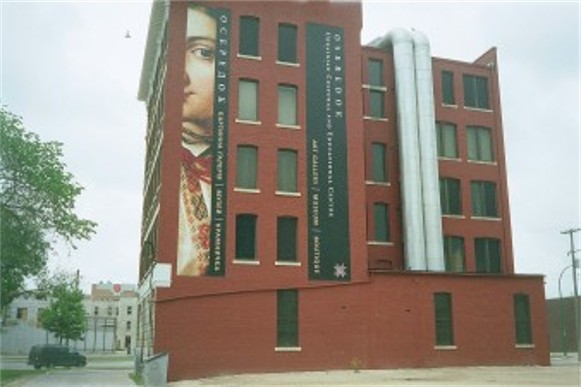
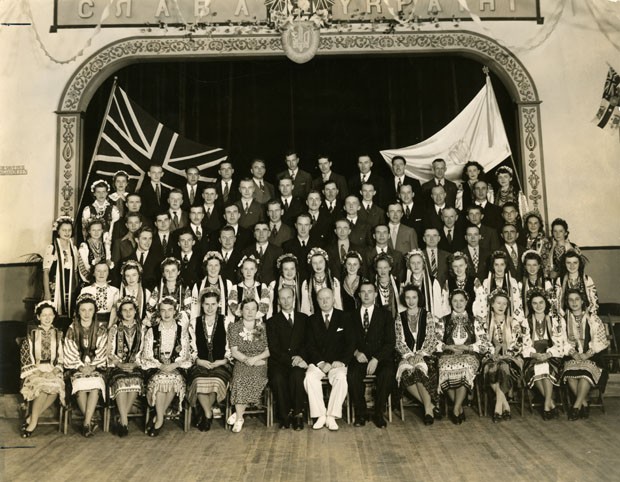
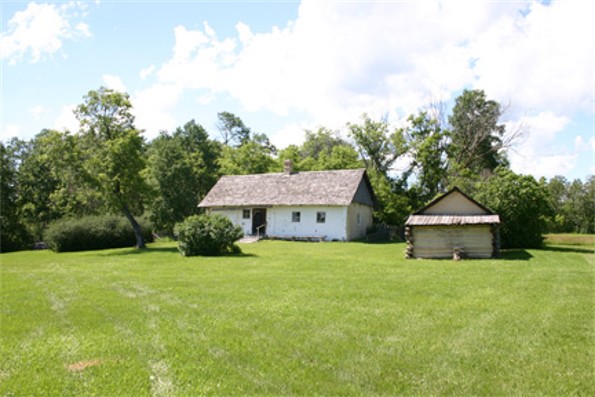
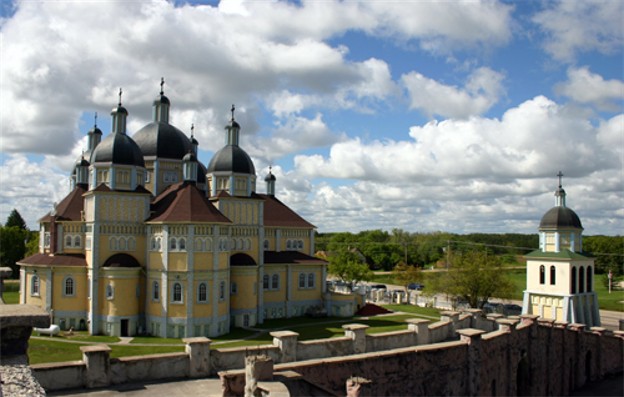
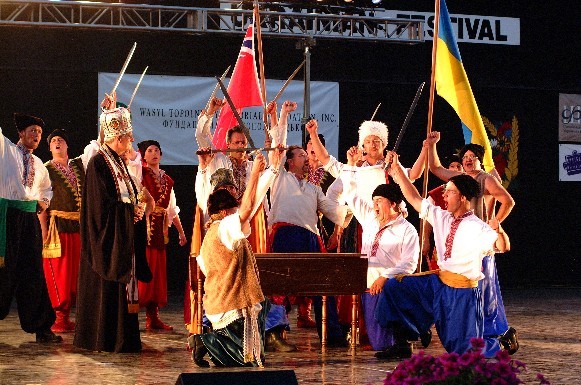
.jpg)
.jpg)
